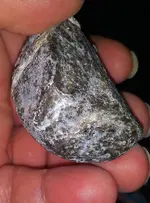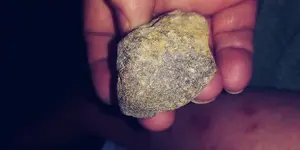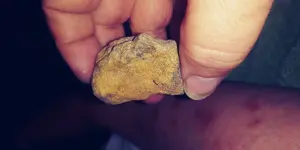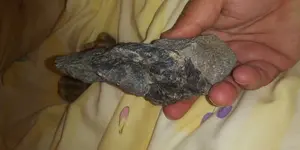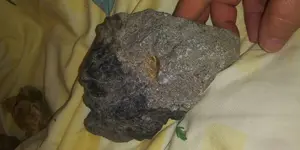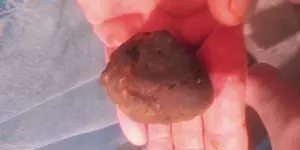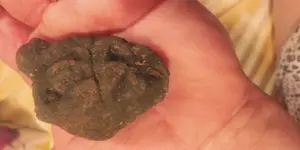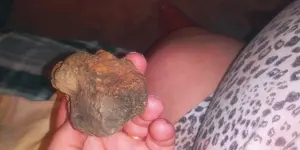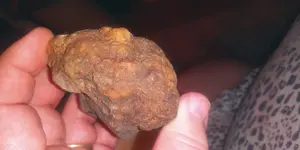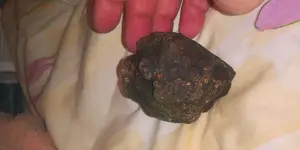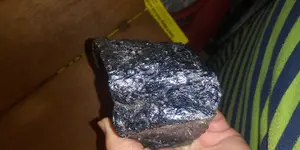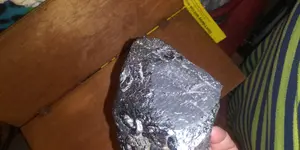I'll try to answer some of your questions.
Whether a meteorite reaches the surface of the Earth as a single piece or a shower of multiple pieces (which can be in the thousands) and how widely multiple pieces may be distributed are dependent on a number of factors, such that there is no universal answer to your question. These factors include:
- Whether the meteor was a single piece to begin with. From time to time, Earth’s orbit crosses areas of space where there are clusters of asteroidal material. They generally have the same origin, are travelling on the same trajectory at the same velocity and may or may not be loosely compacted together. We also pass through the debris trails of comets from time to time which may contain clusters of material.
- The velocity at which the meteor hits the upper atmosphere. Cometary material tends to have much higher velocities and so is more prone to break-up.
- The angle at which the meteor hits the upper atmosphere. Meteors entering at a shallow angle are generally subject to uneven stress and more prone to break-up.
- The shape of the meteor. Uneven and irregular shapes are more prone to break-up than compact or aerodynamic shapes.
- The composition of the meteor. Generally, dense and robust iron meteorites are much less prone to break-up than fragile stony meteorites. The lower the density, the more likely the break-up.
- What happens in the upper atmosphere may then be compounded by what happens lower down, or on impact. The initial shock when the meteor hits the upper atmosphere may produce stress cracks which then make the meteor more vulnerable to break-up as it descends. Also, a meteorite that reaches the ground may suffer further disintegration on impact. That again is dependent on the factors above, as well as the nature of the impact. Meteorites impacting on hard rock are more prone to break-up than those that impact in sandy deserts for example. Also, very large meteorites may impact with sufficient energy that they create an explosive fireball which then creates further fragments or even splashform melted pieces (the latter generally only for iron meteorites).
- When there are multiple pieces, their distribution on Earth is what we call a ‘strewnfield’. The distribution is largely dependent on how far up in the atmosphere the disintegration happened, the velocity at which the meteor was travelling and its angle of descent through the atmosphere. A strewnfield can be anything from a few feet across to many tens of miles. The same applies to strewnfields created by high-energy impacts. The bigger the impact, the larger the strewnfield, but large strewnfields arising from impact will usually have an associated crater with either a radial distribution around it or an elliptical distribution following on from it.
There is very little that can be said about your specimens based on pictures of the exterior only, whether cleaned or not, except that none of them exhibit any obvious features to suggest that they are meteorites. Normally we would need a view of the interior to say much more. Not all meteorites are magnetic but, when they are not, they are confined to a much smaller set of possibilities and so are even less likely finds. Again, the exterior appearance is not consistent with the typical appearance of these less common classes of meteorite. It’s difficult to tell from the pictures whether the silvery-looking areas are metallic or whether that’s just light being reflected from shiny mineral areas. If you can see visible metallic portions then, for a meteorite, they will always be strongly magnetic. If they aren’t, then it’s definitely not a meteorite.
As I said, you need to expose the interior to enable anything further to be said and, even then, it may be the case that a meteorite can neither be confirmed nor ruled out except on the basis of probability or professional testing.



